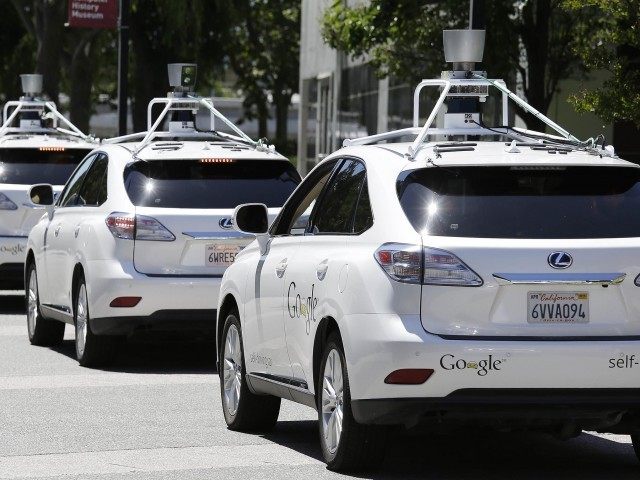Thanks to sponsorship by Google, California has become the “tip of the spear” for the United Nations’ Environmental Programme (UNEP) to create a world in the next 30 years where all decision making will be controlled by environmental, social and governance policies (ESG). On Feb. 2, 2015, Google hosted U.S. Secretary of Transportation Anthony Foxx to unveil the 30-year plan to implement the UN- and Google-backed initiative.
As a dominant multi-national tech corporation, Google has been keen in aligning itself with the United Nations as the premier international rule-setter. Google is committed to “educating” ESG planners on how and what one-world tech rules will be set.
Google is pushing its own concept of an IT infrastructure that supports and integrates social, mobile, big-data analytics and cloud (SMAC) as key foundational technologies for “knowledge workers.” By influencing the environmental, social and governance policies that the United Nations sets as international standards, Google hopes to achieve dramatic growth and sustainable dominance of the industry.
Reflecting the extraordinary relationship between Google and the Obama Administration, Transportation Secretary Anthony Foxx chose to travel to the Googleplex in Mountain View, California to be hosted by Google Executive Chairman Eric Schmidt when he debuted his UNEP-compliant ‘Beyond Traffic 2045’ as a blue-print for America’s roads, rails, ports and air control towers over the next 30 years.
Foxx said that his coming to Google should signal an interest by the Obama Administration in accelerating innovationand getting the government out of the way of the kind of futuristic transportation technology Silicon Valley is developing.
Foxx projected that 70 million more people would be living in the United States in 2045, mostly in metropolitan hubs like Los Angeles and the Bay Area (i.e. hubs for “undocumented workers”).
He emphasized that the current transportation system is not sustainable because of the dystopian headache of outdated and traffic clogged roads, which are a key element in worsening the wealth divide (undocumented workers), according to the San Jose Mercury News.
He stressed that the self-driving “autonomous cars” (i.e. Google-patented designs) will play a dominant role in commercial “drone-delivered” freight and packages in the future.
Foxx highlighted that the ride-hailing Uber service (Google Ventures invested $258 million in 2013) is already cutting the number of cars on the road.
Foxx underlined that, “We’ve got to look at our own regulatory framework (ESG Google is helping shape)…to make sure we’re being as nimble and flexible and adaptive as we can be …That’s what the future is demanding (UNEP).”
As a statement of the commitment that the Administration has to achieving a UNEP-compliant world, Foxx said that President Obama’s Fiscal Year 2016 DOT Budget would propose $94.7 billion in funding in 2016, including $478 billion for a six-year surface transportation reauthorization to achieve a sustainable transportation future.
Eric Schmidt took advantage of the web-casted event to introduce Google’s new two-seater prototype autonomous car by taking Foxx on a short drive in the electric powered “pod.” Schmidt said the vehicle will begin road tests on Bay Area streets once it receives DOT and Department of Motor Vehicles approvals.
Later, both Foxx and Schmidt acknowledged that the vehicle — which has no steering wheel — unnerved them. “My hair kind of stood up a little bit,” Foxx told reporters.

COMMENTS
Please let us know if you're having issues with commenting.